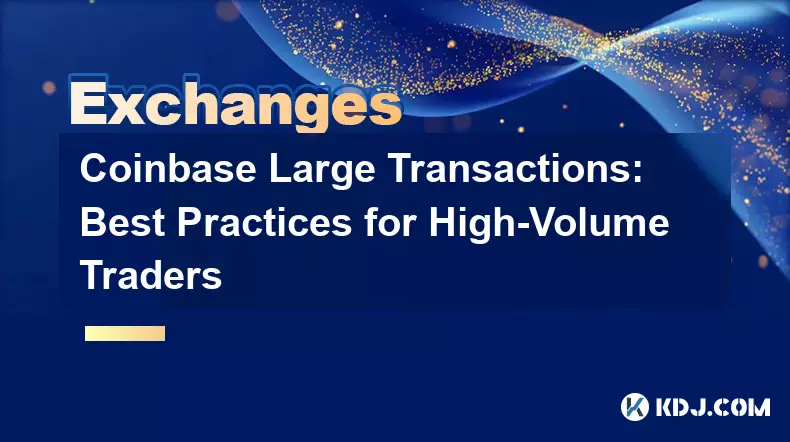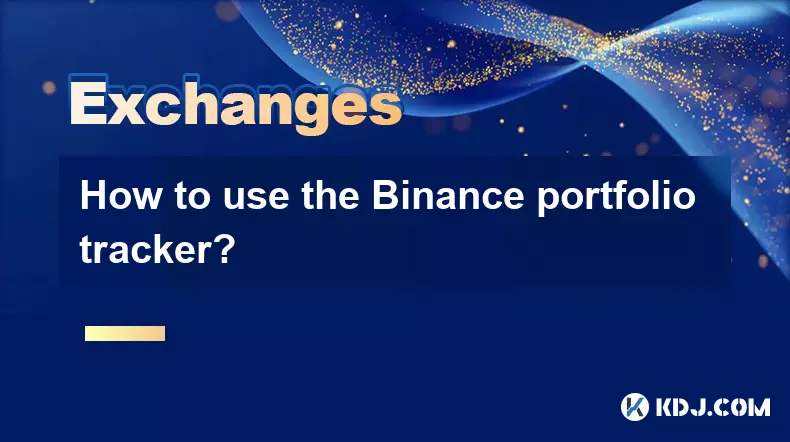-
 Bitcoin
Bitcoin $112200
0.84% -
 Ethereum
Ethereum $4470
3.80% -
 XRP
XRP $2.859
0.44% -
 Tether USDt
Tether USDt $1.000
0.00% -
 BNB
BNB $853.2
0.10% -
 Solana
Solana $209.6
1.03% -
 USDC
USDC $0.9999
-0.03% -
 Dogecoin
Dogecoin $0.2220
4.21% -
 TRON
TRON $0.3414
1.14% -
 Cardano
Cardano $0.8409
1.50% -
 Chainlink
Chainlink $23.75
2.09% -
 Hyperliquid
Hyperliquid $45.90
3.58% -
 Ethena USDe
Ethena USDe $1.001
0.01% -
 Sui
Sui $3.393
2.97% -
 Bitcoin Cash
Bitcoin Cash $598.3
2.33% -
 Stellar
Stellar $0.3634
-0.14% -
 Avalanche
Avalanche $25.27
4.98% -
 Cronos
Cronos $0.2799
10.62% -
 Hedera
Hedera $0.2202
1.54% -
 UNUS SED LEO
UNUS SED LEO $9.509
-0.34% -
 Litecoin
Litecoin $112.6
1.79% -
 Toncoin
Toncoin $3.188
1.12% -
 Shiba Inu
Shiba Inu $0.00001254
1.19% -
 Polkadot
Polkadot $3.888
2.71% -
 Uniswap
Uniswap $9.708
1.80% -
 Bitget Token
Bitget Token $4.970
-2.63% -
 Dai
Dai $1.000
0.01% -
 World Liberty Financial
World Liberty Financial $0.2119
-8.12% -
 Aave
Aave $327.5
3.66% -
 Monero
Monero $267.1
0.87%
Coinbase Large Transactions: Best Practices for High-Volume Traders
High-volume traders should use limit orders, time trades during peak liquidity, leverage institutional accounts, and prioritize security to minimize risk and fees on Coinbase.
Sep 03, 2025 at 05:18 am

Coinbase Large Transactions: Best Practices for High-Volume Traders
Trading significant volumes on Coinbase requires a strategic approach to minimize slippage, reduce fees, and maintain security. High-volume traders often face unique challenges such as liquidity constraints, regulatory scrutiny, and exchange rate fluctuations. Understanding how to navigate these complexities is essential for maximizing returns and minimizing risk when executing large trades.
Optimize Timing and Market Conditions
1. Execute large transactions during periods of high market liquidity to reduce price impact. Peak trading hours typically occur during overlapping U.S. and European market sessions when volume across major cryptocurrencies is highest.
- Avoid placing large market orders during volatile news events, such as macroeconomic data releases or major crypto announcements. These events can trigger sharp price swings and increase the likelihood of unfavorable fills.
- Use limit orders instead of market orders to control execution price. This prevents unexpected slippage, especially when buying or selling large quantities of assets like BTC or ETH.
- Monitor order book depth on Coinbase Pro (now Advanced Trade) to assess available liquidity. A deep order book with substantial volume on both bid and ask sides indicates a more stable environment for large trades.
- Spread large orders over time using time-weighted average price (TWAP) or volume-weighted average price (VWAP) strategies to avoid disrupting the market.
Fee Management and Account Structure
1. Upgrade to a Coinbase Prime or Institutional account if eligible. These tiers offer reduced trading fees, dedicated support, and enhanced API access tailored for high-volume traders.
- Maintain consistent trading volume to qualify for lower fee brackets under Coinbase’s tiered fee schedule. Higher 30-day trading volumes result in lower taker and maker fees.
- Consolidate trading activity across multiple accounts under a single entity to maximize volume-based fee discounts. Institutional clients can use sub-accounts to manage teams while preserving fee benefits.
- Leverage maker orders whenever possible to benefit from lower fees. By placing limit orders that add liquidity, traders can save significantly over time compared to taker orders.
- Regularly audit fee statements and transaction logs to identify inefficiencies or unexpected charges on large transfers or conversions.
Security and Operational Risk Mitigation
1. Enable multi-factor authentication (MFA) with hardware security keys for all trading and withdrawal accounts. Avoid SMS-based 2FA due to its vulnerability to SIM-swapping attacks.
- Use cold storage wallets for long-term holdings and only keep necessary funds on Coinbase for active trading. This reduces exposure to potential exchange breaches.
- Set up withdrawal allowlists to restrict fund movements to pre-approved addresses. This prevents unauthorized transfers even if account credentials are compromised.
- Implement IP whitelisting and API key restrictions to limit access to trading systems. Assign specific permissions to API keys, such as read-only or trade-only access.
- Conduct regular security audits of connected devices, trading bots, and third-party tools used in conjunction with Coinbase services.
Frequently Asked Questions
What is the maximum transaction size allowed on Coinbase for verified institutional accounts?Institutional clients on Coinbase Prime can execute transactions in the tens of millions of dollars per trade, subject to real-time liquidity and risk controls. Exact limits depend on asset type, account history, and current market conditions.
How does Coinbase handle large buy orders that exceed available order book depth?When a large order exceeds immediate liquidity, it gets partially filled and remains on the order book until matched. Using a limit order ensures only desired price levels are executed, preventing slippage from aggressive market fills.
Can high-volume traders use algorithmic strategies on Coinbase?Yes, Coinbase provides a robust API that supports algorithmic trading. Institutional users can deploy automated strategies for order routing, arbitrage, and liquidity provision, provided they comply with rate limits and usage policies.
Are there special reporting tools for large transaction tracking?Coinbase offers advanced reporting dashboards and tax documentation tools for high-volume traders. Clients can export detailed trade histories, generate P&L reports, and integrate data with third-party accounting platforms via API.
Disclaimer:info@kdj.com
The information provided is not trading advice. kdj.com does not assume any responsibility for any investments made based on the information provided in this article. Cryptocurrencies are highly volatile and it is highly recommended that you invest with caution after thorough research!
If you believe that the content used on this website infringes your copyright, please contact us immediately (info@kdj.com) and we will delete it promptly.
- Riding the Crypto Wave: Altcoin Momentum, Bitcoin Bullish Signals, and Cross-Chain Synergy in '25
- 2025-09-04 04:25:12
- Bitget, BGB Tokens, and Morph Layer 2: A New Era for On-Chain Consumer Finance
- 2025-09-04 03:05:12
- Lido, DeFi, and Staking: A New Era of Institutional-Grade Yield
- 2025-09-04 02:25:17
- Dogecoin, Investors, and Stock Crash: A Meme Coin Rollercoaster?
- 2025-09-04 02:45:15
- Pump It Up: Meme Coins Aiming for That 100x Moonshot
- 2025-09-04 03:45:17
- Layer Brett vs. Pepe Coin: A New Hope for Crypto Millions?
- 2025-09-04 03:45:17
Related knowledge

How to create a sub-account on Binance?
Sep 01,2025 at 12:36am
Accessing the Binance Sub-Account Feature1. Log in to your Binance account using your registered email and password. Ensure that two-factor authentica...

How to use the Binance portfolio tracker?
Sep 01,2025 at 01:00pm
Understanding the Binance Portfolio Tracker1. The Binance portfolio tracker is a powerful tool designed to help users monitor their cryptocurrency inv...

How to trade a new coin listing on Binance?
Aug 29,2025 at 11:14am
Understanding the Pre-Listing Phase1. Research the project thoroughly before any listing announcement. Whitepapers, team backgrounds, and community se...

How to use the Binance testnet?
Aug 31,2025 at 02:19am
Understanding the Binance Testnet Environment1. The Binance testnet is a simulated version of the Binance Smart Chain (BSC) that allows developers and...

How to understand the funding rate in Binance Futures?
Sep 03,2025 at 06:00pm
What Is Funding Rate in Binance Futures?1. The funding rate is a mechanism used in perpetual futures contracts to align the contract price with the un...

How to get your funds back if you sent to the wrong address on Binance?
Sep 02,2025 at 04:54pm
Understanding the Risks of Sending Funds to the Wrong Address1. Cryptocurrency transactions on blockchains like Bitcoin, Ethereum, and Binance Smart C...

How to create a sub-account on Binance?
Sep 01,2025 at 12:36am
Accessing the Binance Sub-Account Feature1. Log in to your Binance account using your registered email and password. Ensure that two-factor authentica...

How to use the Binance portfolio tracker?
Sep 01,2025 at 01:00pm
Understanding the Binance Portfolio Tracker1. The Binance portfolio tracker is a powerful tool designed to help users monitor their cryptocurrency inv...

How to trade a new coin listing on Binance?
Aug 29,2025 at 11:14am
Understanding the Pre-Listing Phase1. Research the project thoroughly before any listing announcement. Whitepapers, team backgrounds, and community se...

How to use the Binance testnet?
Aug 31,2025 at 02:19am
Understanding the Binance Testnet Environment1. The Binance testnet is a simulated version of the Binance Smart Chain (BSC) that allows developers and...

How to understand the funding rate in Binance Futures?
Sep 03,2025 at 06:00pm
What Is Funding Rate in Binance Futures?1. The funding rate is a mechanism used in perpetual futures contracts to align the contract price with the un...

How to get your funds back if you sent to the wrong address on Binance?
Sep 02,2025 at 04:54pm
Understanding the Risks of Sending Funds to the Wrong Address1. Cryptocurrency transactions on blockchains like Bitcoin, Ethereum, and Binance Smart C...
See all articles

























![Litecoin Price Prediction [LTC Crypto Price News] Litecoin Price Prediction [LTC Crypto Price News]](/uploads/2025/09/03/cryptocurrencies-news/videos/litecoin-price-prediction-ltc-crypto-price-news/68b83c0a82563_image_500_375.webp)































































